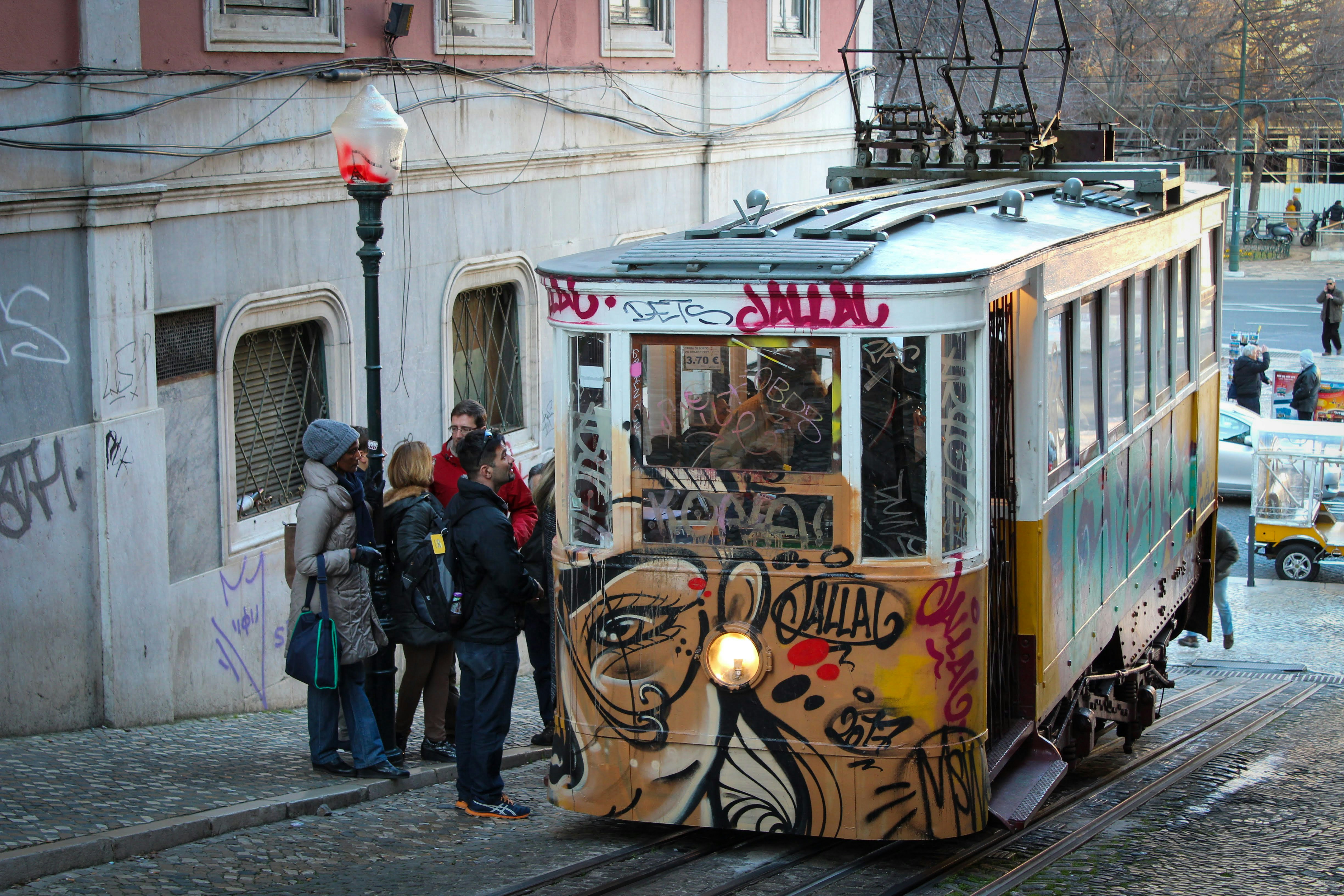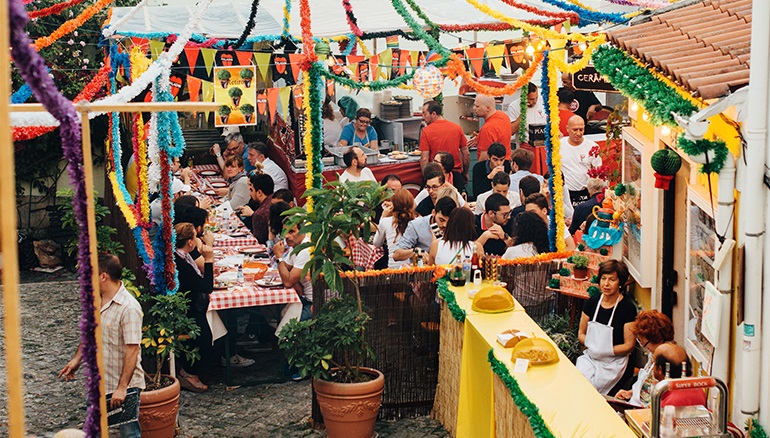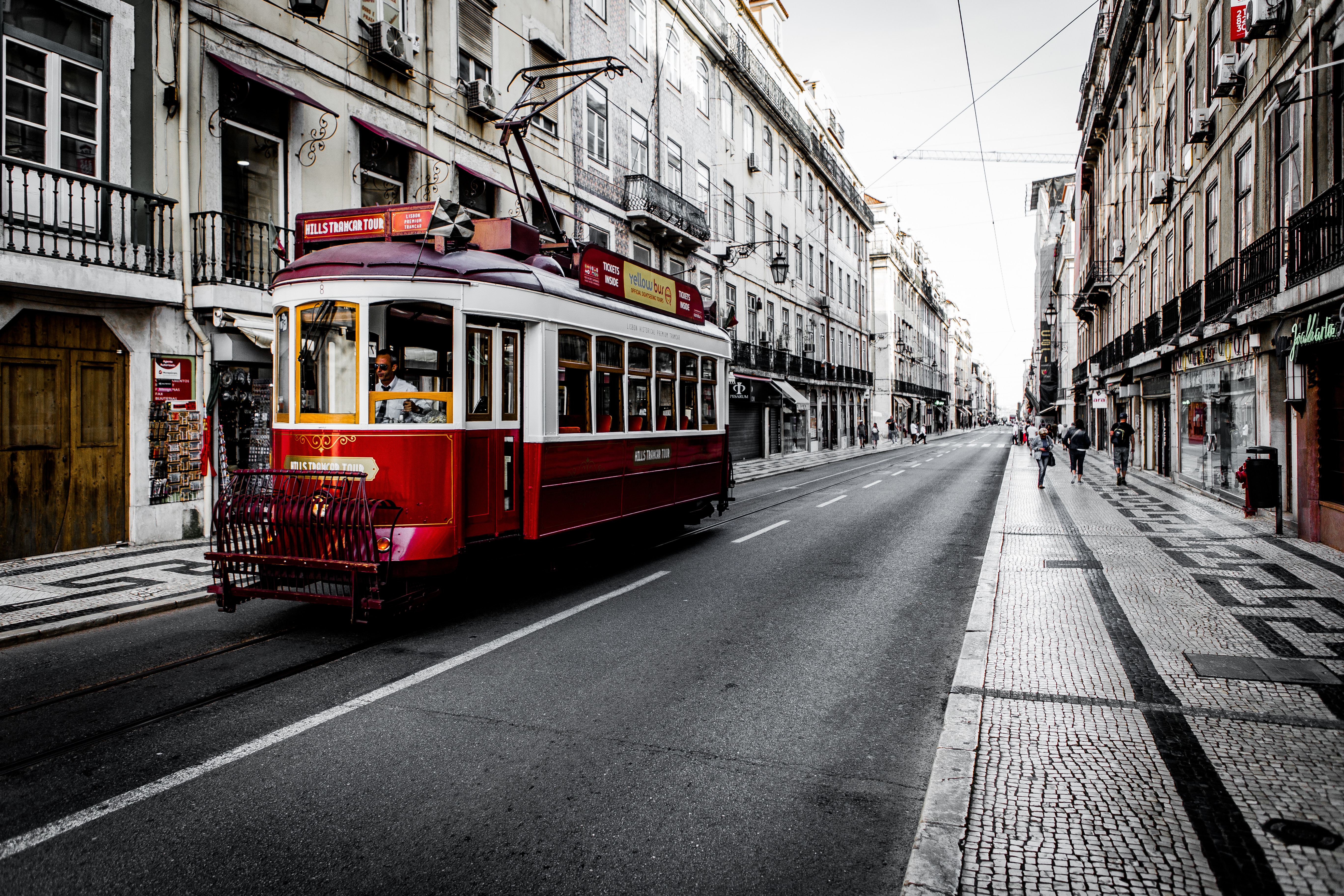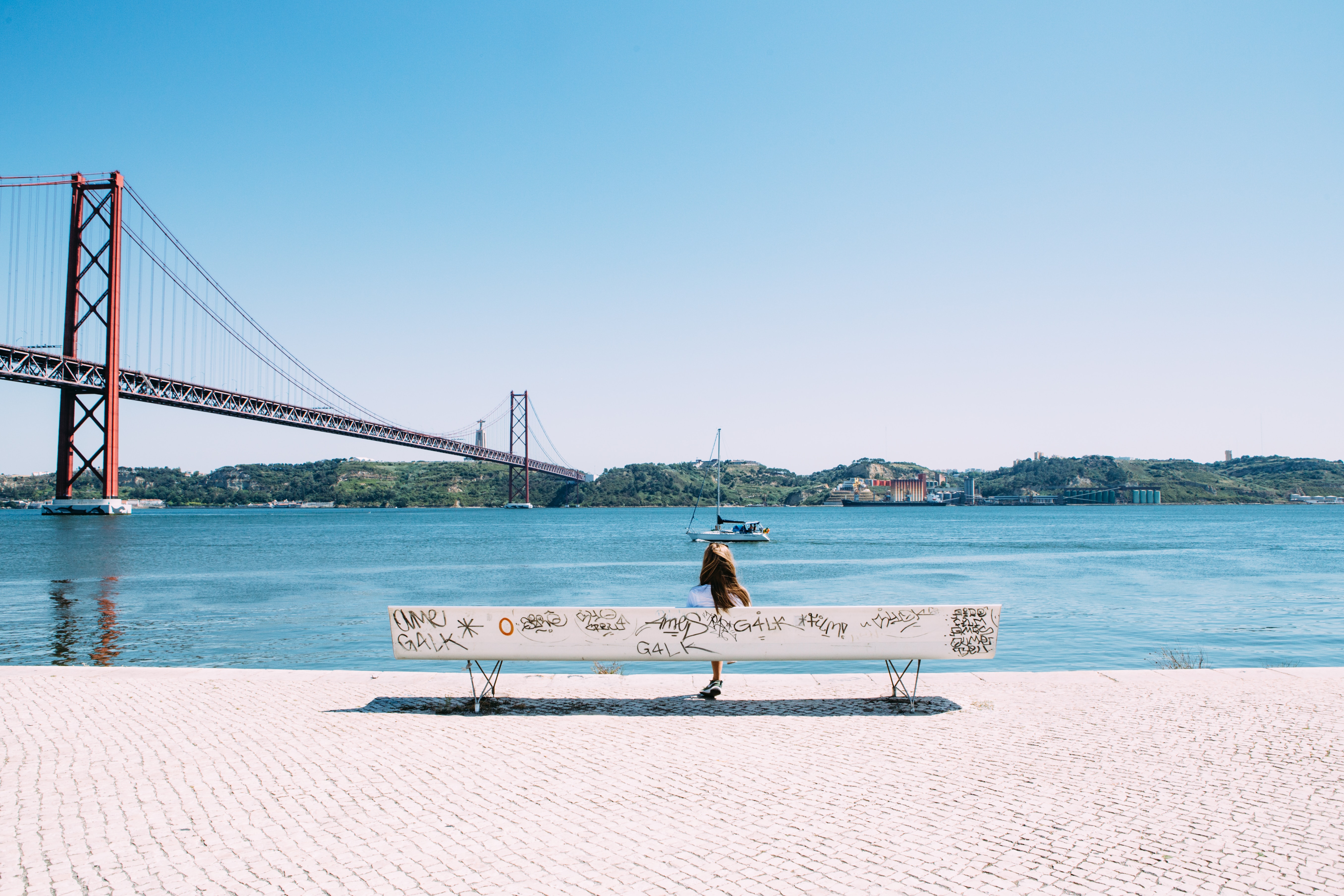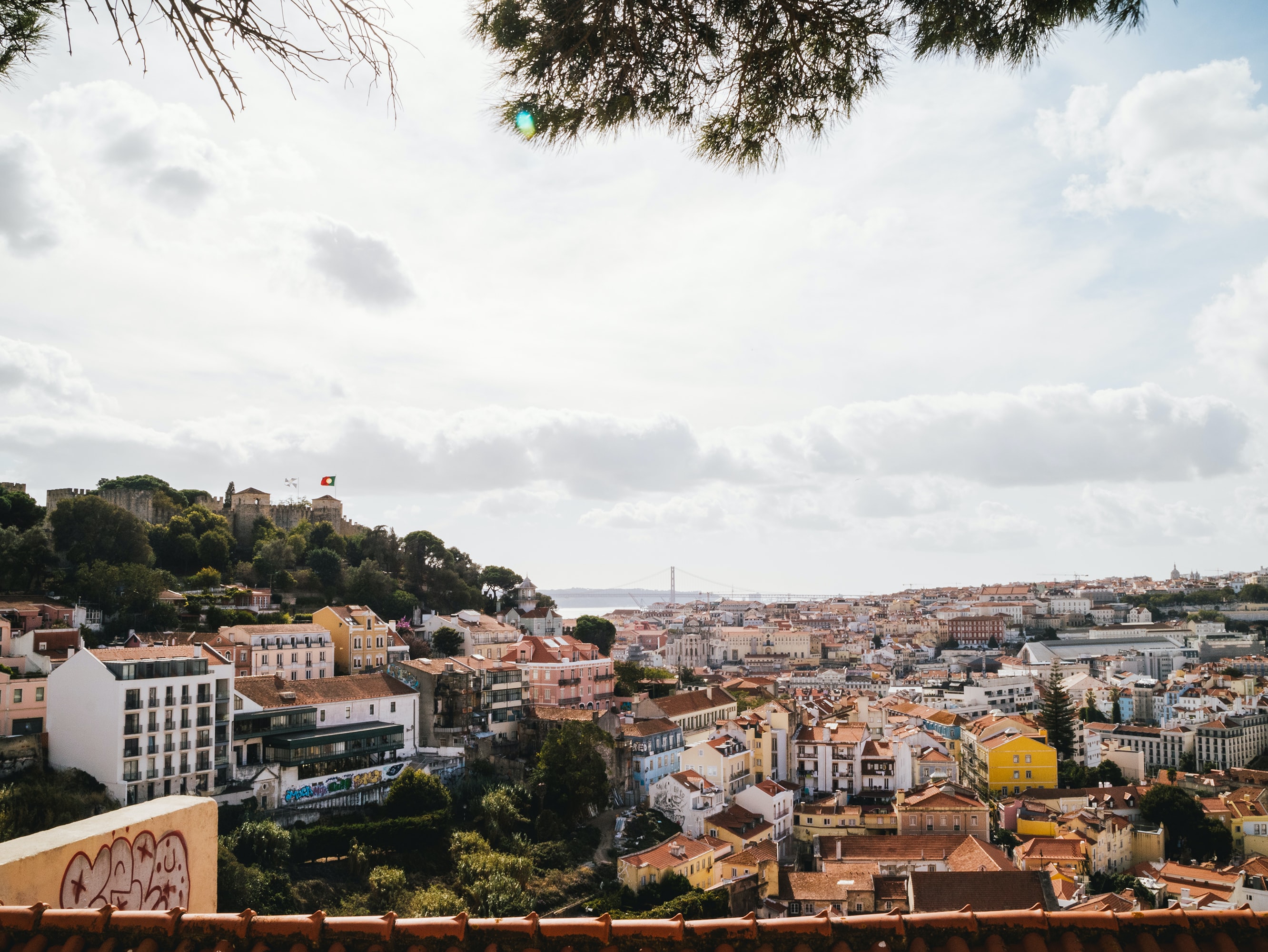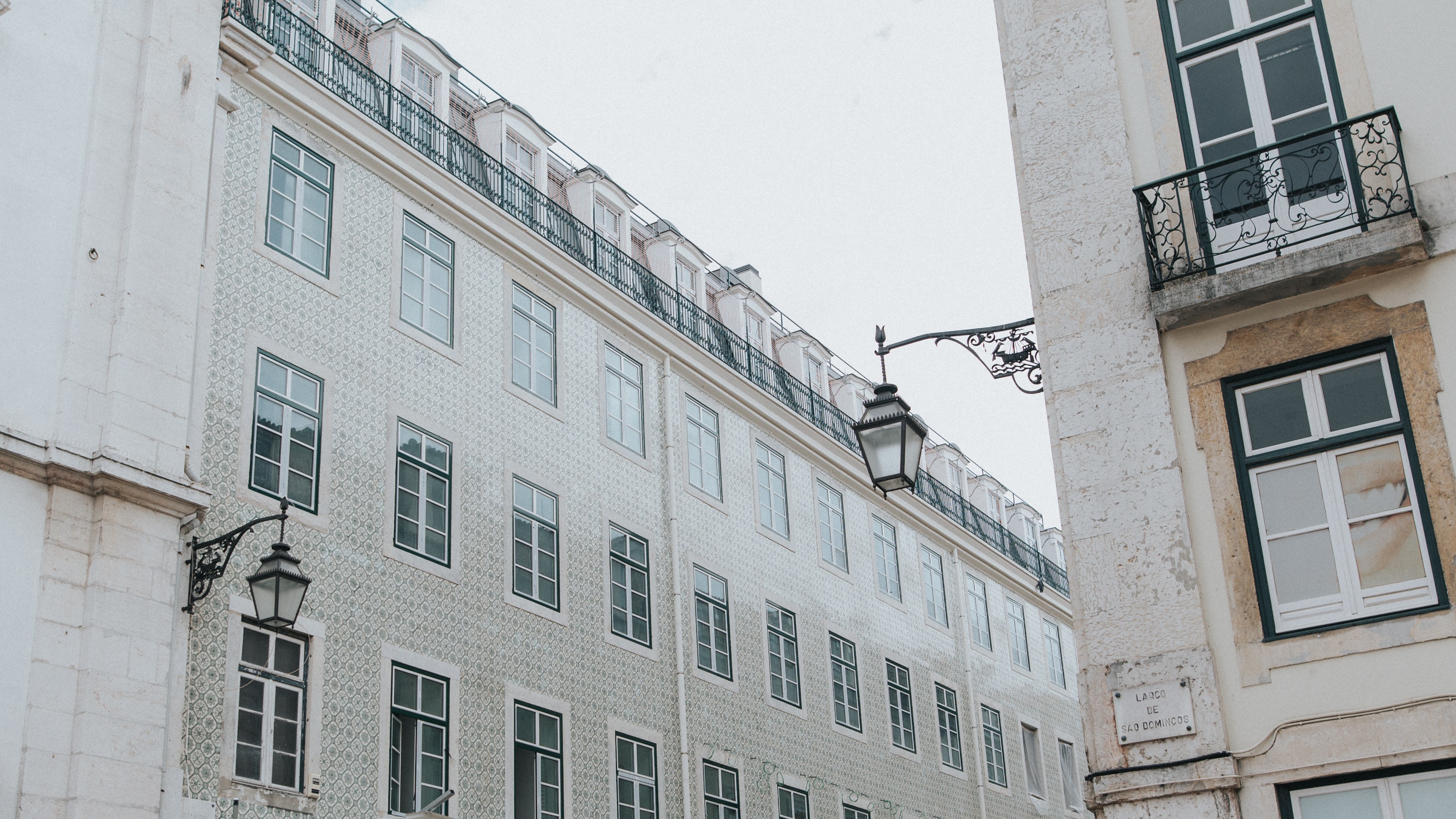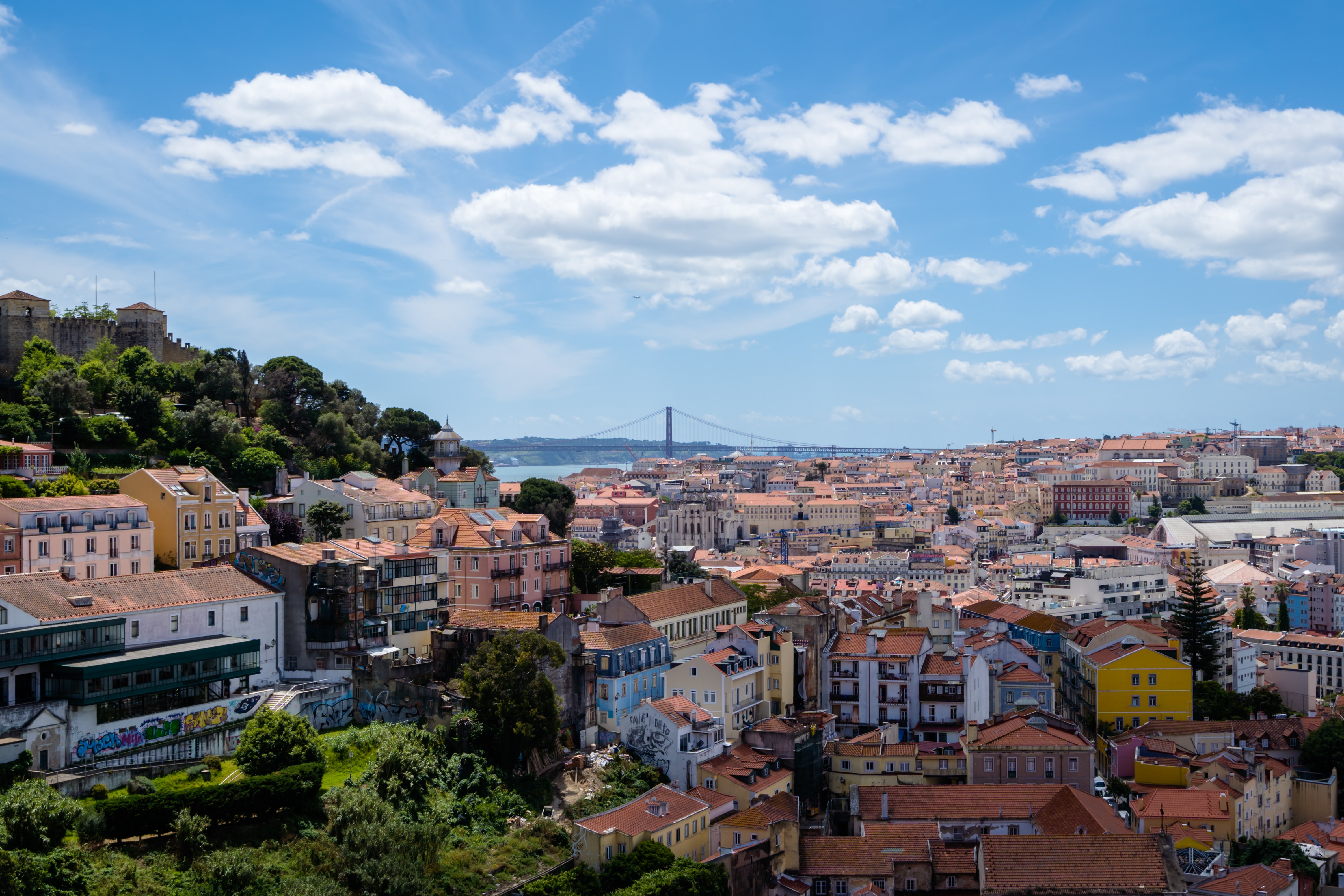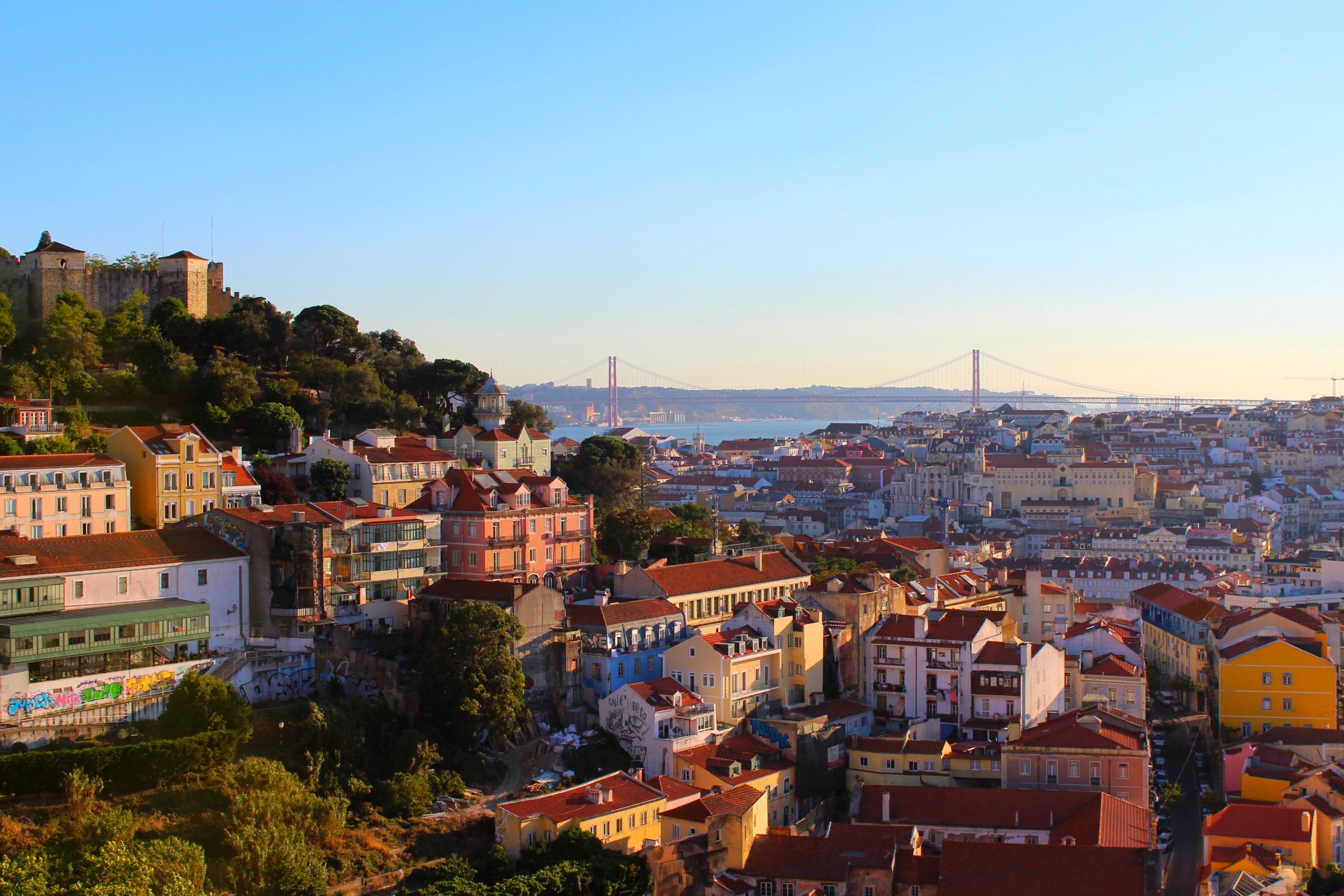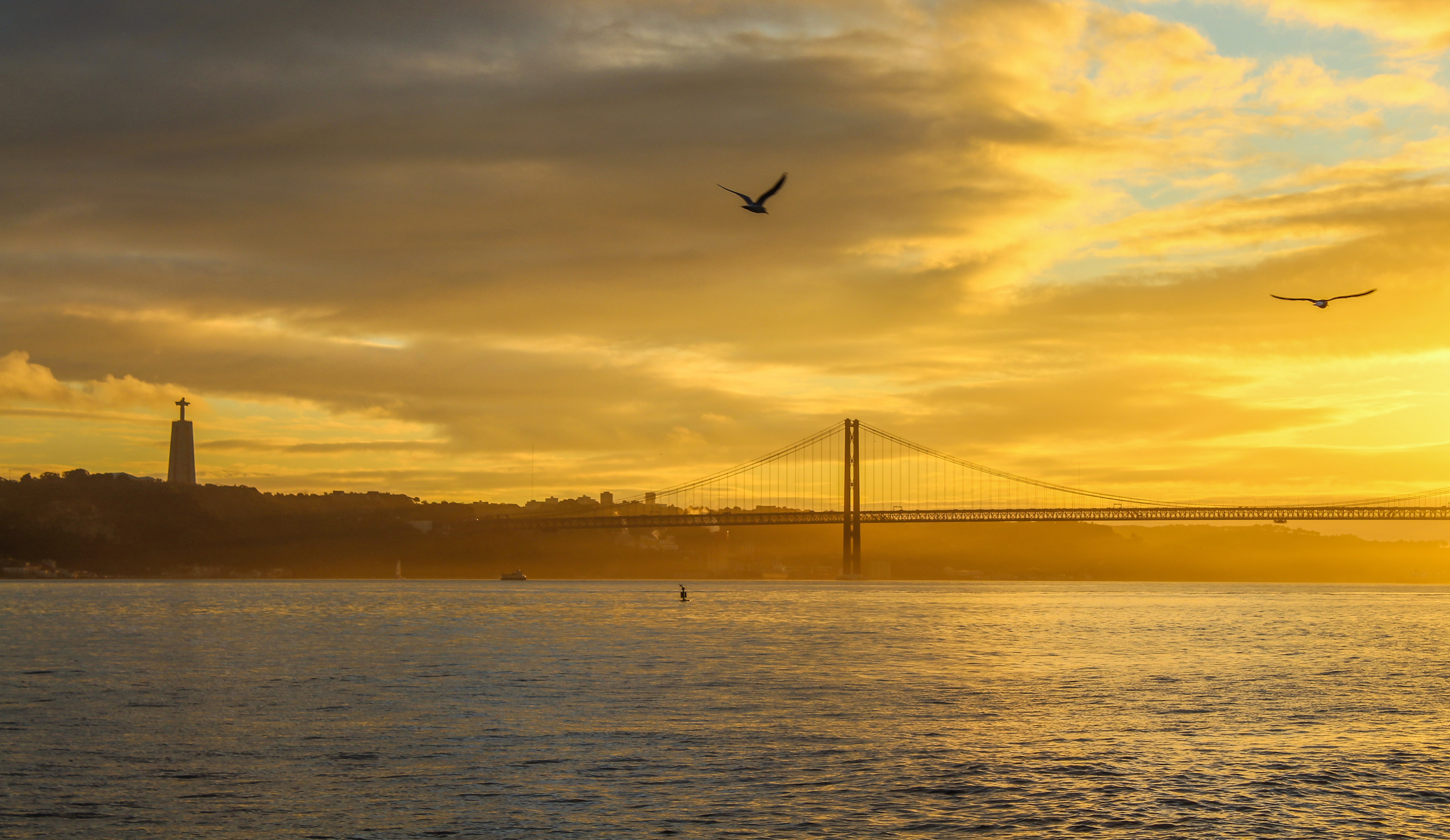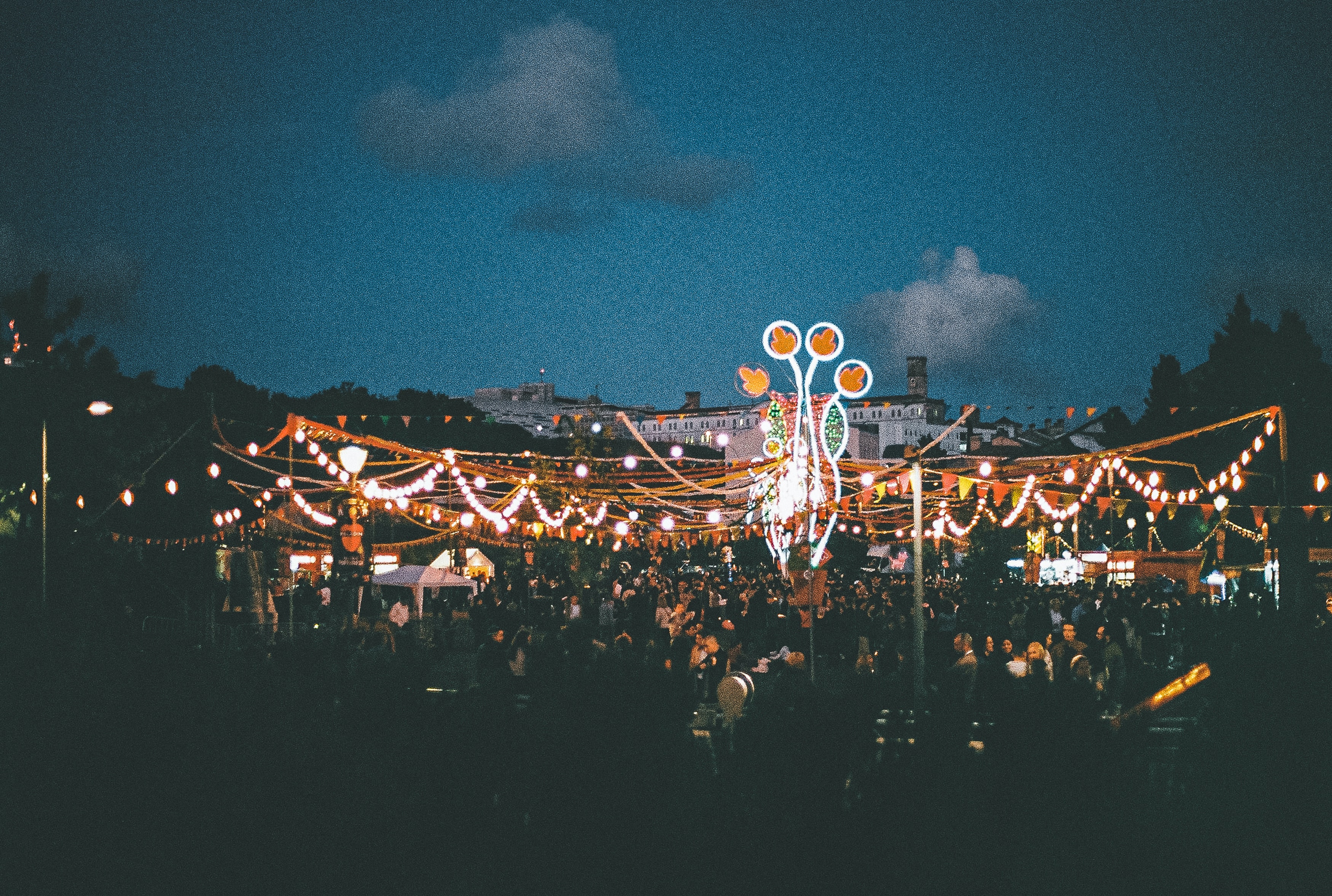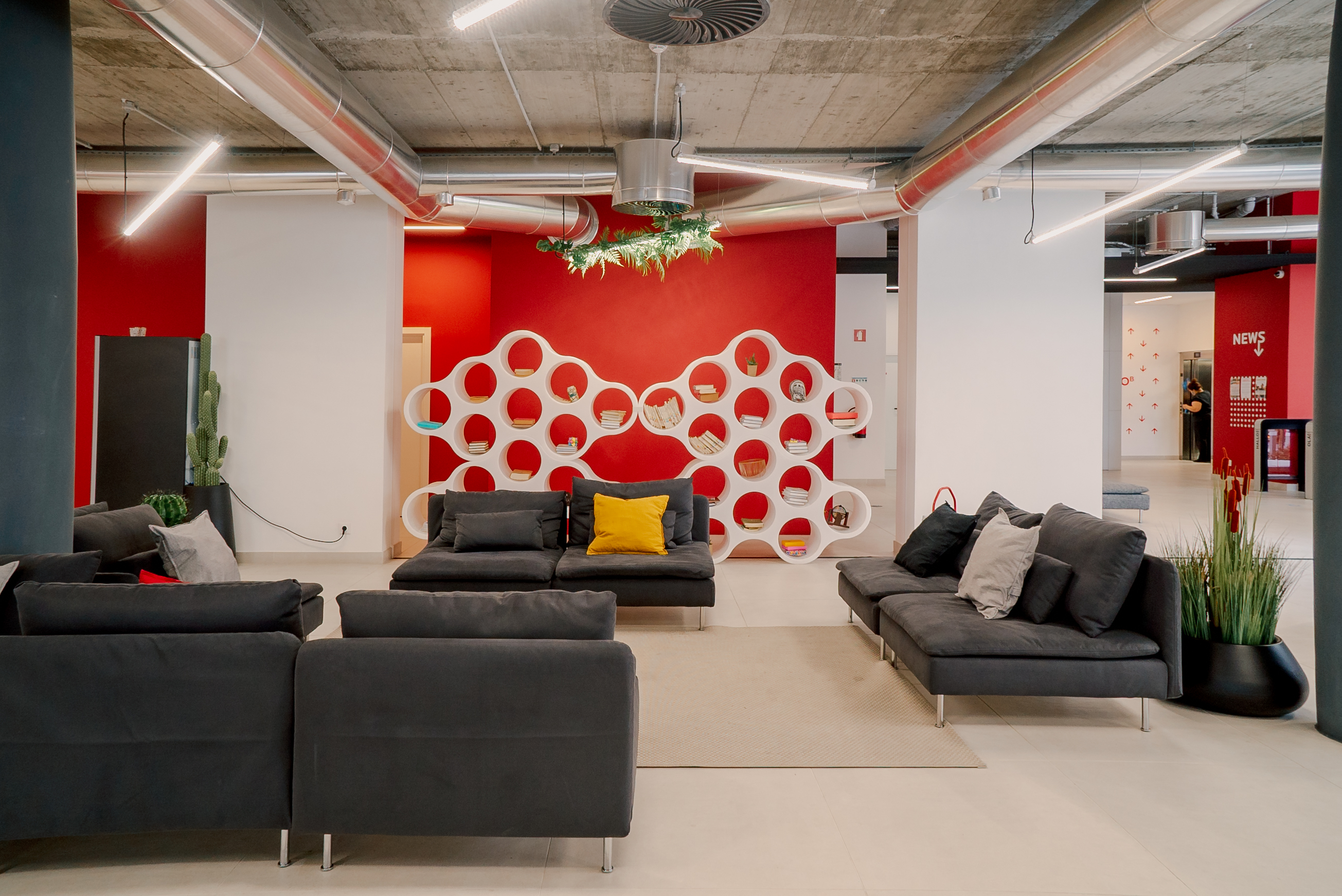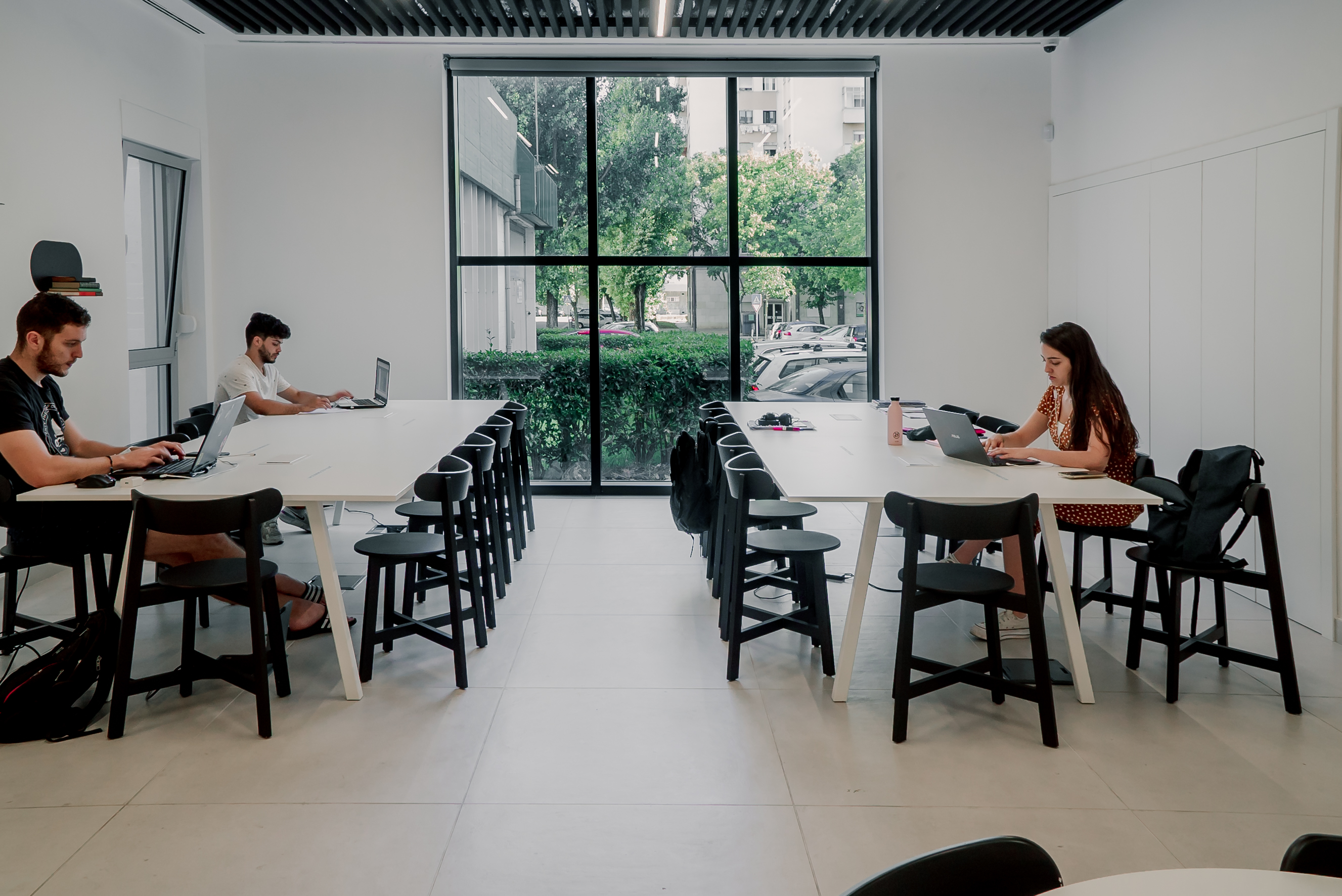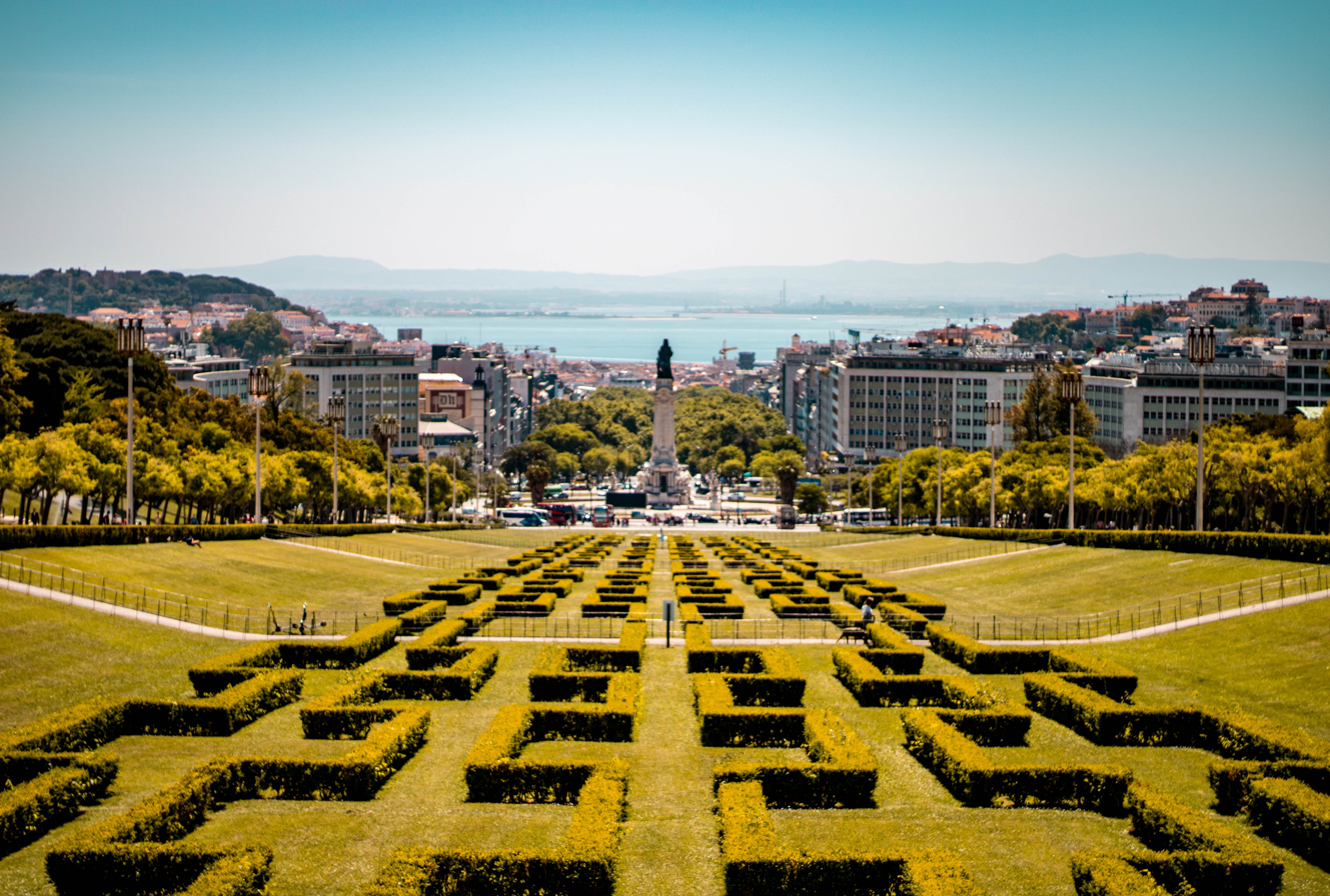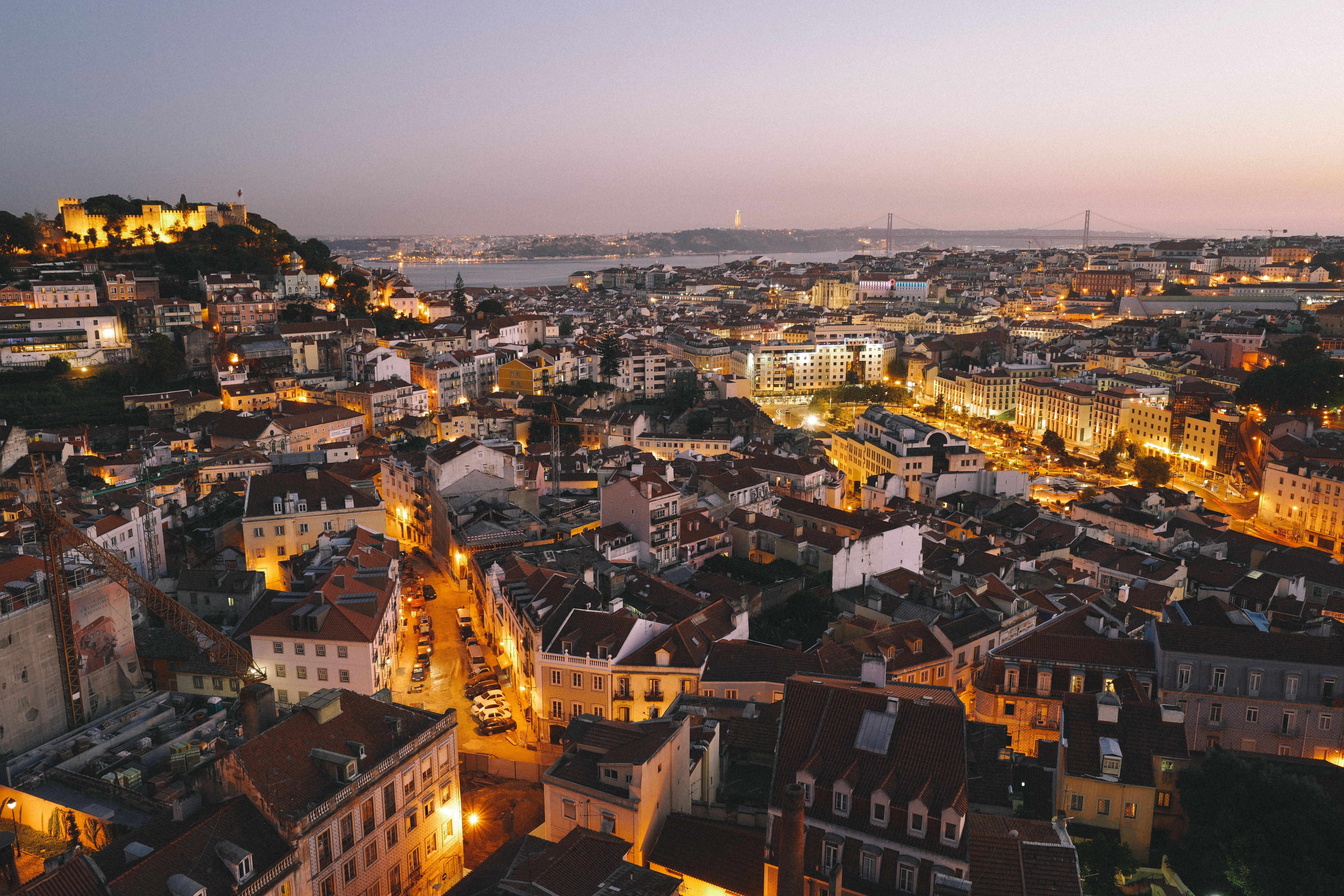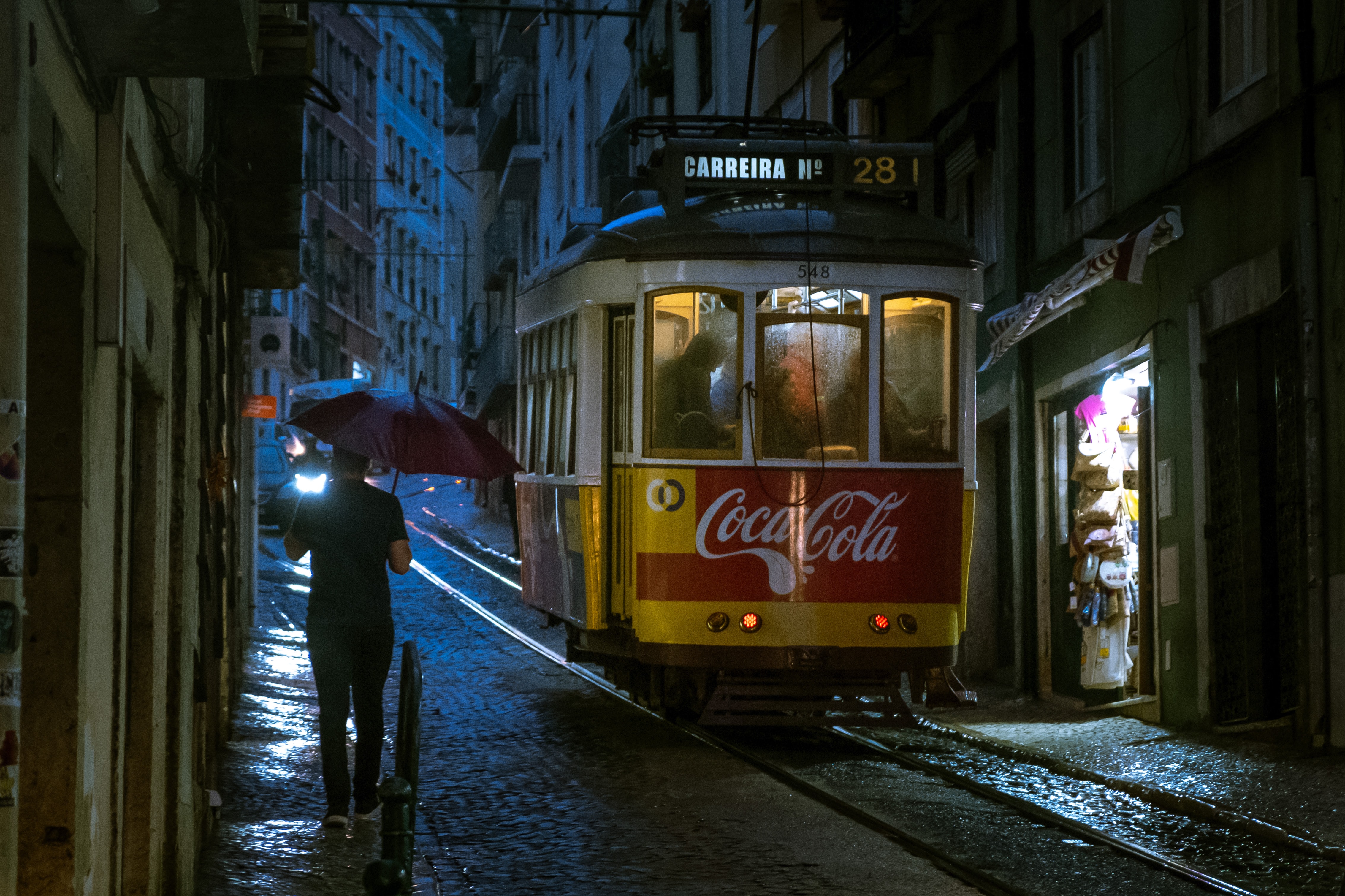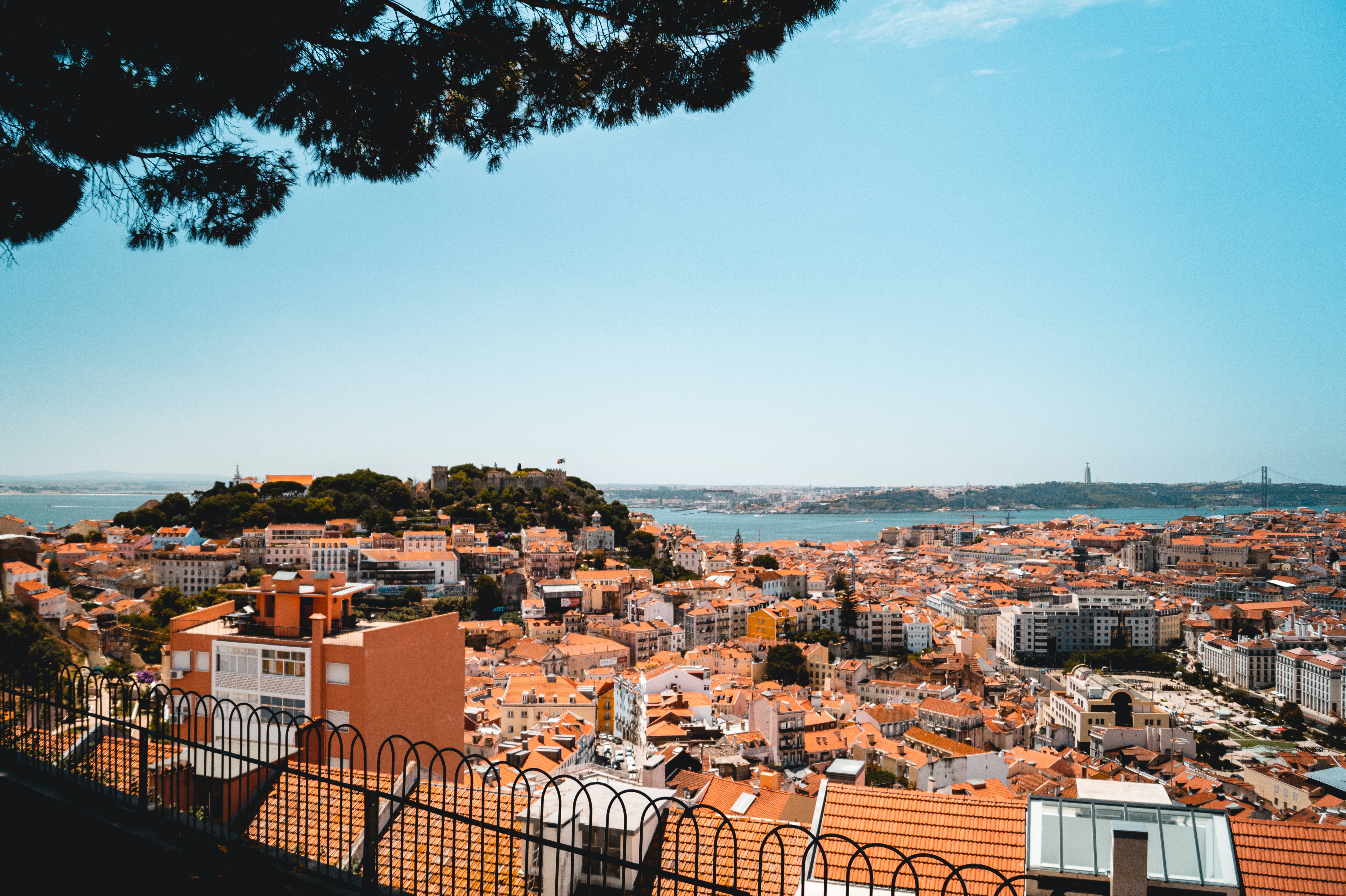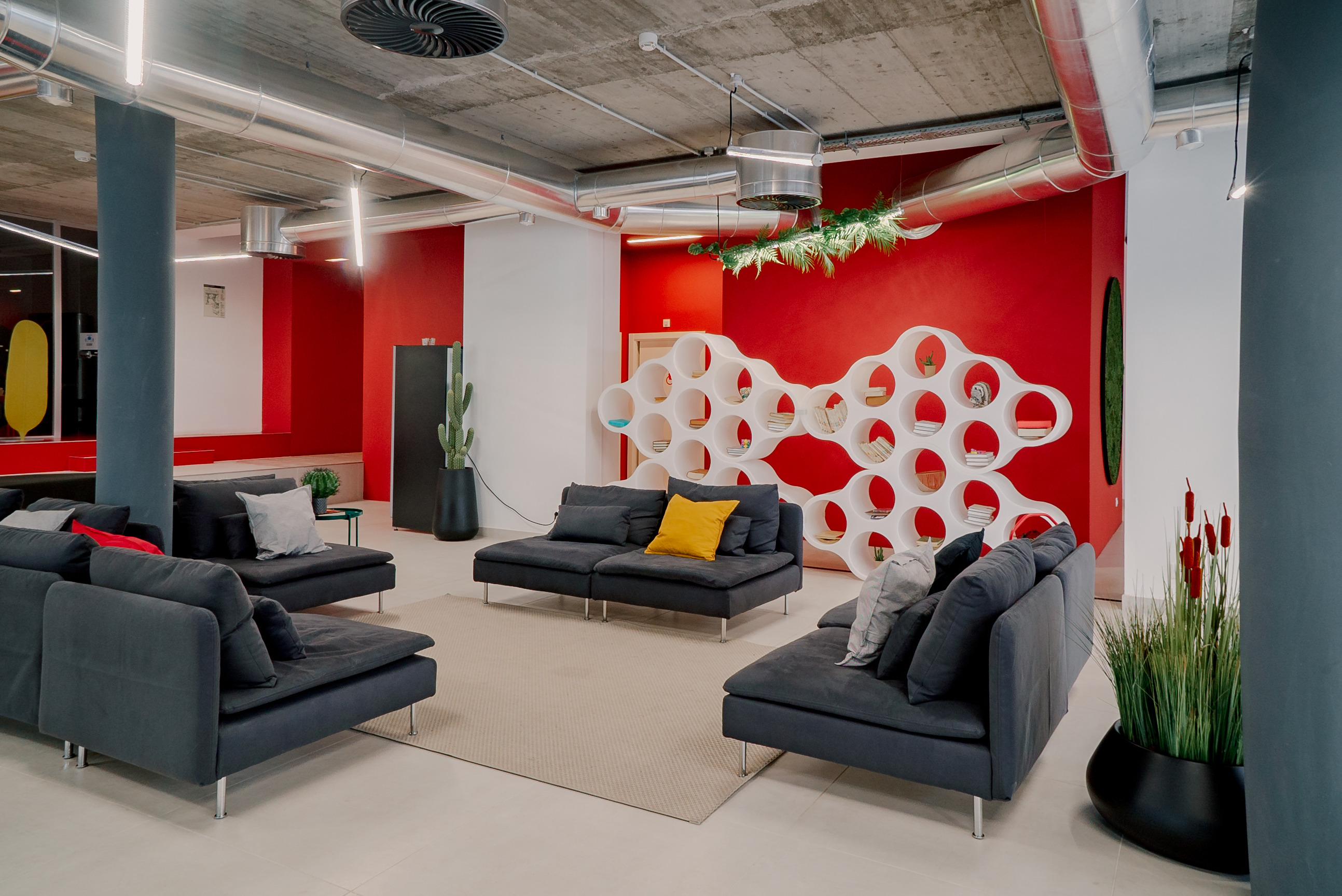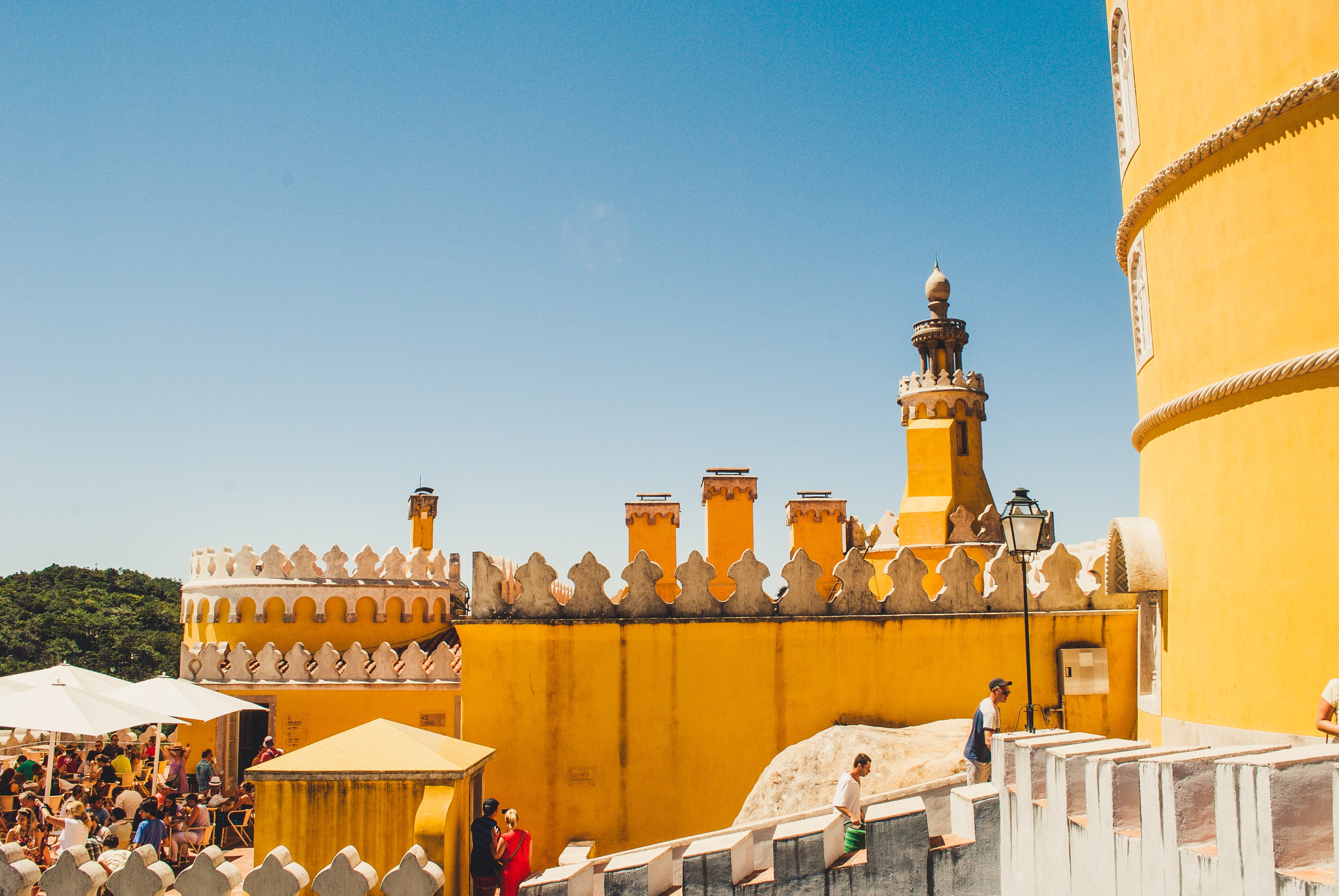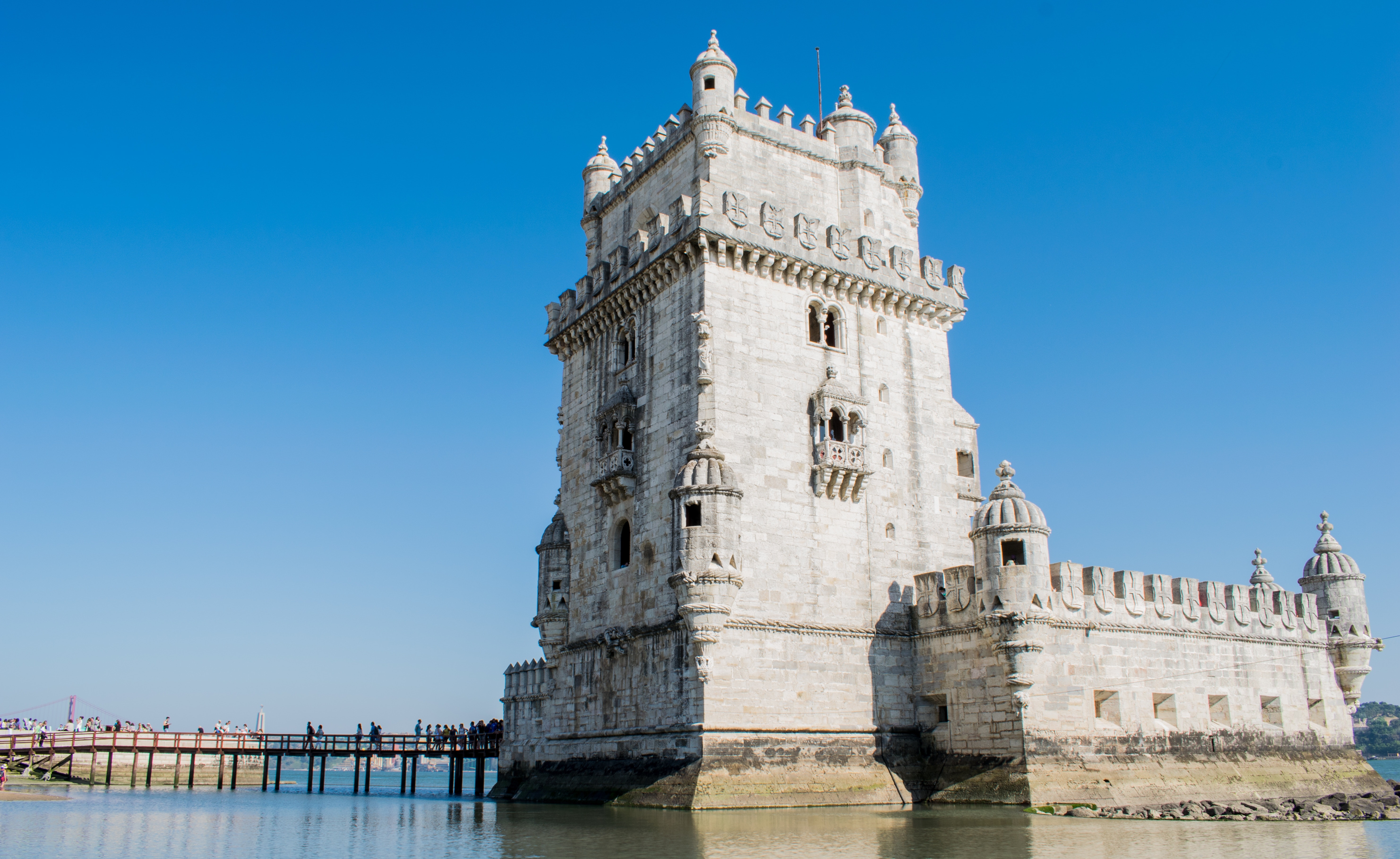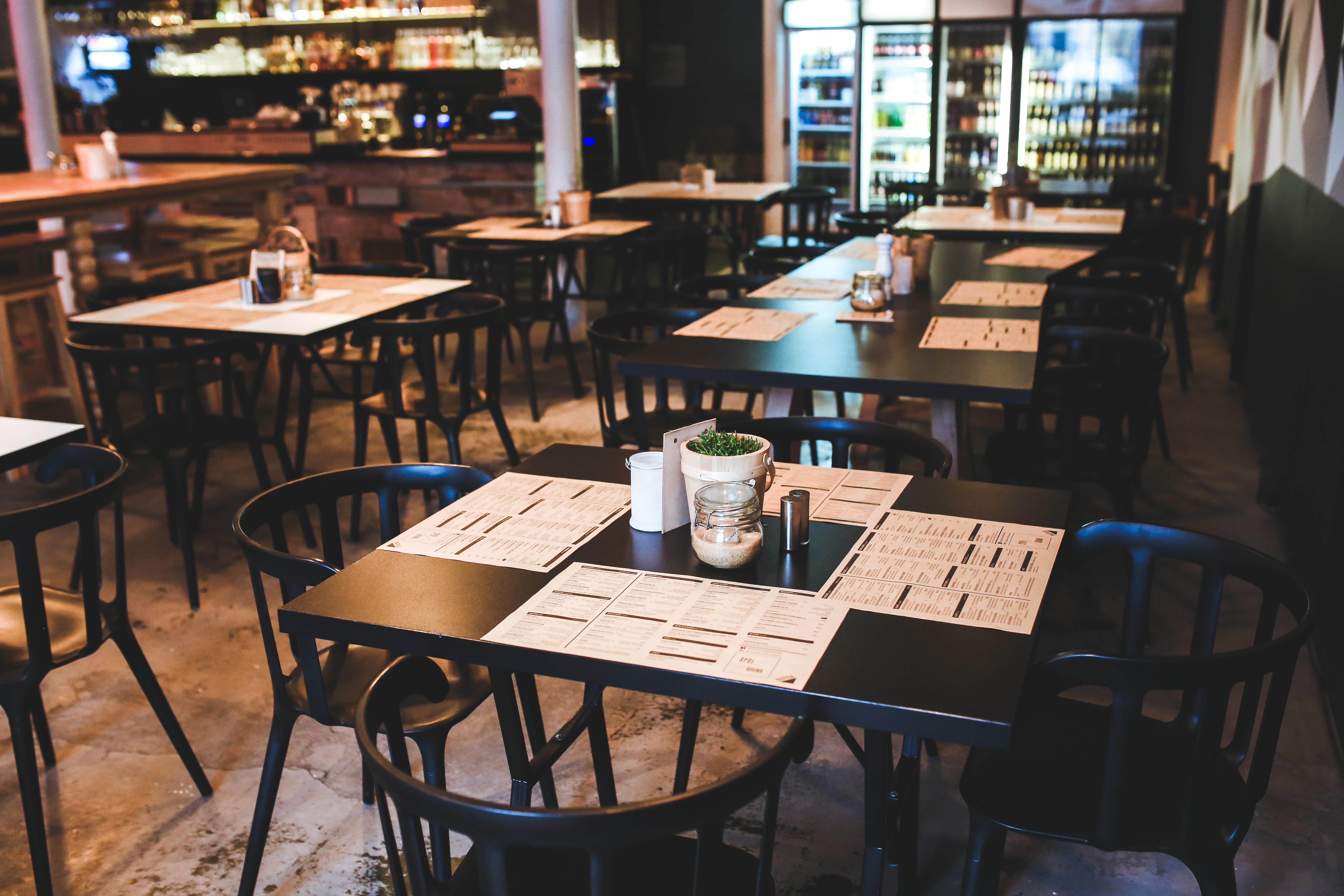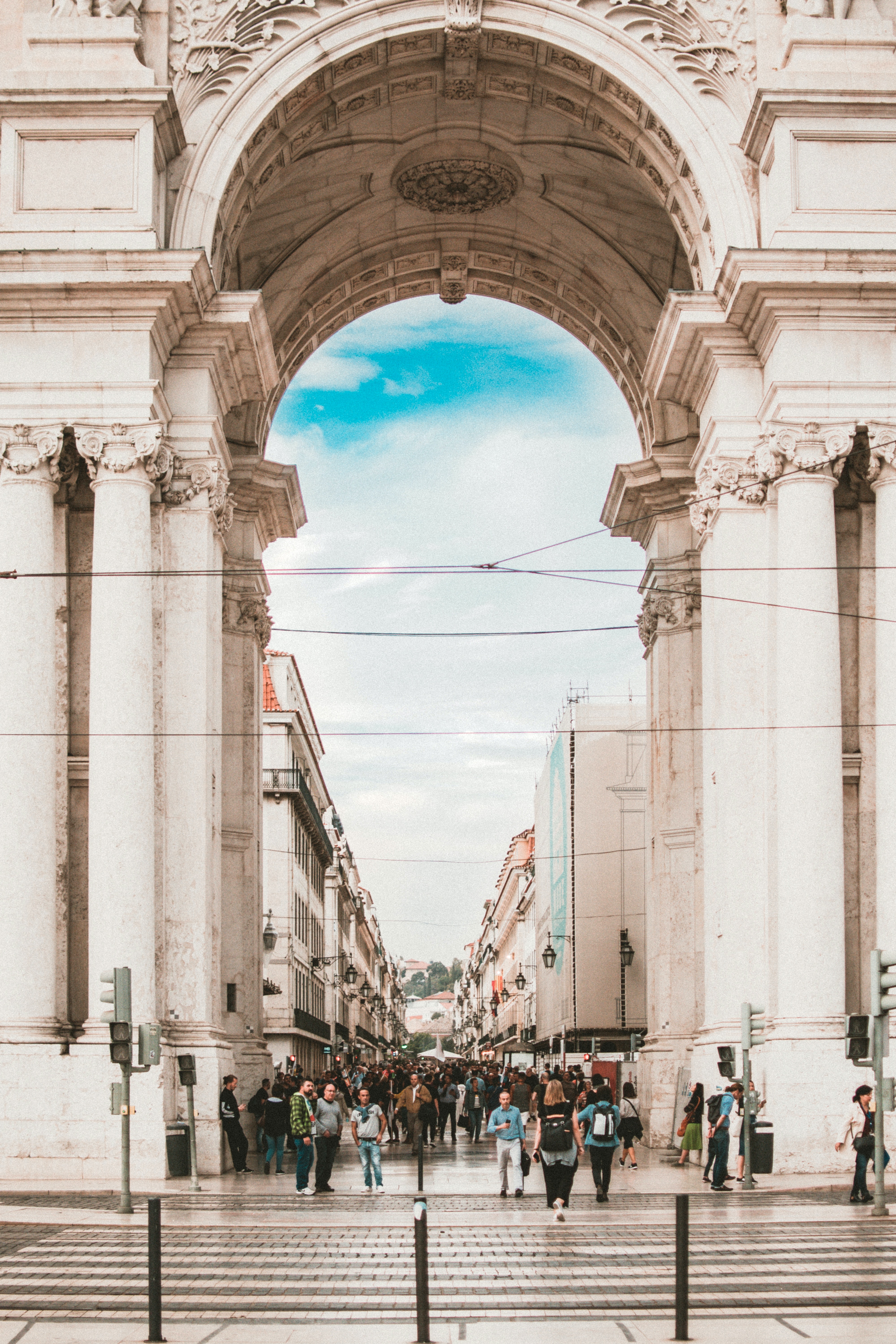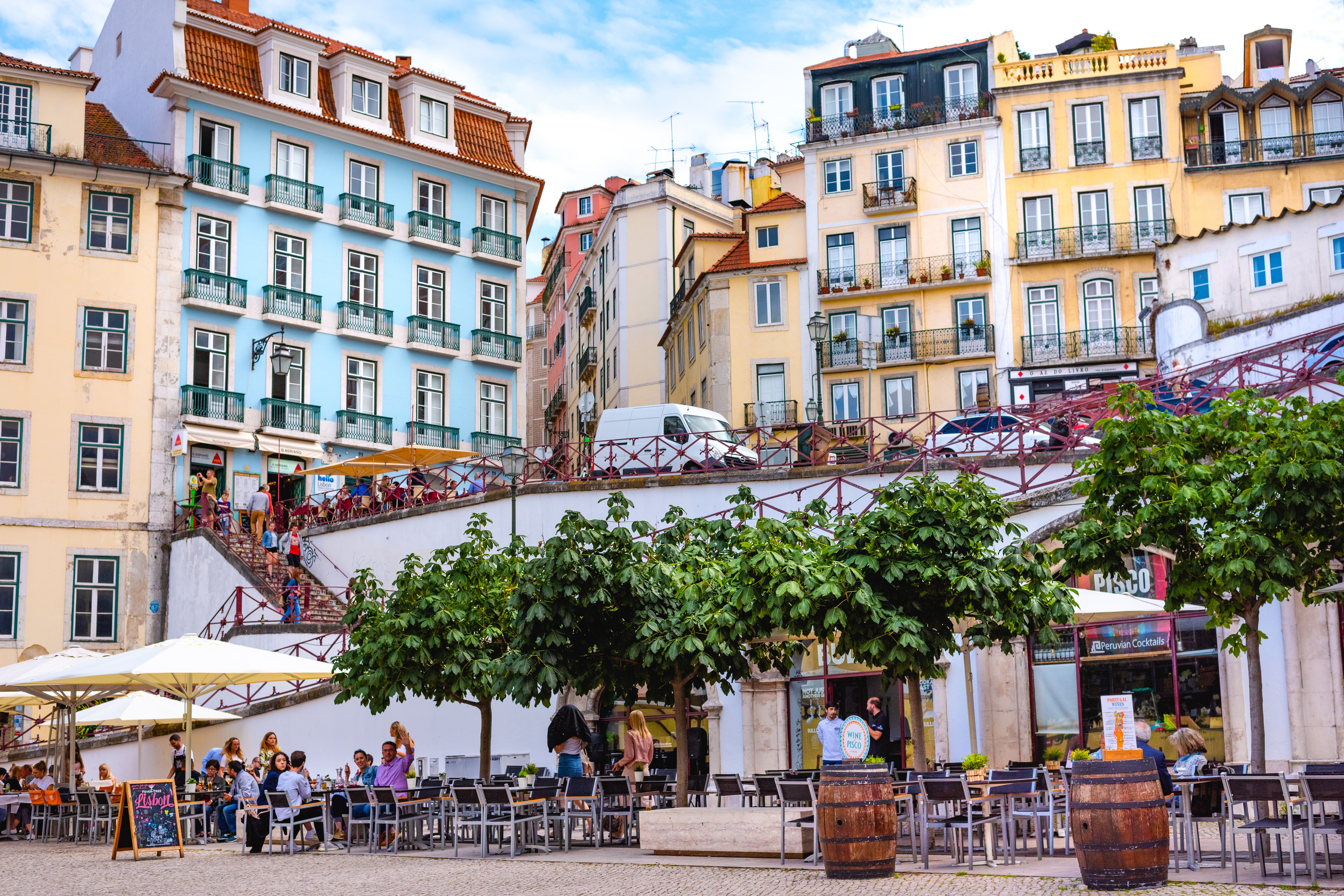

Portuguese culture is spread everywhere, from the big cities to the smallest of villages, from tile to local cuisine, with the best olive oils in the world. In turn, Lisbon is also known for its rich history and culture. It is also one of the oldest cities on the European continent and has a unique character.
For all these reasons, Xior is present with four residences in this beautiful, and with the prospect of increasing more and more.
To make the most of your stay in Portugal and especially at Xior, we have compiled a list of the best museums for you to visit the next time you visit Lisbon!
MAAT - Museum of Art, Architecture and Technology
An EDP Foundation project, the Museum of Art, Architecture and Technology is already more than enshrined in the initials MAAT. With incredible exhibitions, the museum is always receiving news and inviting artists. Events are also frequent in this cultural space in Lisbon.
MAAT is a museum that intends to combine three areas in a single space, discovery, critical thinking and international dialogue. Its building alone is worth a visit.
Calouste Gulbenkian Museum
The Calouste Gulbenkian Museum is located in Lisbon and houses the private collection of founder Calouste Sarkis Gulbenkian, a philanthropist of Armenian origin, who lived in Portugal between 1942 and 1955. The museum, whose doors opened in 1969, is a museum space of the foundation with the same name and is formed by two independent circuits: one dedicated to Oriental and Classical Art and another dedicated to European Art.
It has a collection of approximately six thousand pieces, but just over a thousand are permanently exposed to the public. The museum is open from 10 am to 6 pm and is closed on Tuesdays. On January 1st, Easter Sunday, May 1st and December 24th and 25th, the museum is closed.
**National Car Museum **
The National Car Museum in Lisbon holds an important collection of royal carriages from the 16th to the 19th century. It is a unique collection in the world and breathes better since in 2015 it moved to a new building on Avenida da Índia, a few meters from the old Picadeiro Real, the first home of cars from 1905, where there is still an exhibition nucleus. The museum shows the complete evolution of vehicles, from animal-powered means of transport to the appearance of the automobile.
Almost since its founding, the need for a larger space was felt, which only happened more than 100 years later. The first car to enter the new museum was the Landau do Regicide, perhaps the most iconic of the collection made up of stately and leisure vehicles from the 16th to the 19th centuries, from the Portuguese Royal House, the Church and private collections.
National Museum of Ancient Art
Located in the Alvor Palace, the National Museum of Ancient Art is the Portuguese museum with the most national treasures and reference works. The Museum was created in 1884, and has been in the Alvor Palace for almost 130 years and houses the largest Portuguese public collection of art with more than 40,000 items, including paintings, sculptures, jewelery and decorative arts, from Europe, Africa and the East, where, for example, the Panels of São Vicente, by Nuno Gonçalves, or the Temptations of Santo Antão by Jheronymus Bosch stand out.
National Tile Museum
The Museu Nacional do Azulejo documents the history of tile use in Portugal and is located in the former Convent of Madre de Deus. This museum houses some exceptional works from contemporary tiles to Moorish tiles, Delft tiles and modern art tiles. Don’t forget to stop by one of the main attractions, a large painting representing the Portuguese capital before the 1755 earthquake.
The main objective of this space is to collect, conserve and study examples that significantly represent the evolution of ceramics and tiles in Portugal. Tiles are a distinct artistic expression of Portuguese culture, and you can learn more about them inside the old building of the Convent of Madre Deus, founded in 1509 by Queen Leonor.
Take a journey through the history of tiles, from the 15th century to the present day. Alongside the tile history, you will explore a fine example of Portuguese Baroque that is lavishly decorated with gilded carvings, paintings and, of course, tiles.
Orient Museum
The Museu do Oriente inaugurated in 2008 is a space for knowledge and sharing, which tells the story of the relationship between the Portuguese and the peoples of Asia, highlighting the cultural diversity of this vast territory, told through art, history and living traditions from Asia in 1600 pieces from two collections.
This museum bears witness to the cultural, scientific and artistic richness of the Orient. Thanks to the size and perspective of its collections, you will have a pleasant feeling of evasion. A visit to this museum must be included in your program.
Throughout the year, the Museu do Oriente organizes a complementary program, welcoming artists, academics, curators and projects that reflect on Asia, its multiple realities and identities, in a transversal way. This orientation is manifested in the various aspects of programming.
Did you like our suggestions? So, share with us if you followed any of our advice, don’t forget to share the article with your friends, and to follow us on social media!
